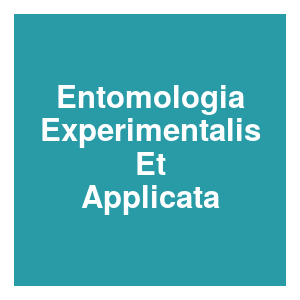Host-associated differentiation of target pests should be assessed before using gene drive as a pest control tool – an opinion

|
R. F. Medina,
Entomologia Experimentalis et Applicata,
2021.

Abstract Advances in gene editing have made feasible the potential use of gene drive for pest control. Ecological risk assessments will certainly be required before this technology can be released into open fields. In this article I argue for the importance to include host-associated differentiation (HAD) as part of ecological risk assessment models due to its potential to modulate gene drive spread and risk. Depending on context, HAD may hamper or facilitate pest control efforts using gene drives. Overlooking HAD may impair pest suppression goals and inflate estimations of effective population sizes whereas its inclusion within gene drive deployment strategies, as a form of ecological containment, may facilitate gene drive implementation under specific scenarios. Because HAD varies geographically and among closely related species, it will need to be assessed on a case-by-case basis. Failure to incorporate HAD within ecological risk assessment models may undermine pest control goals and diminish the accuracy of estimated ecological risks associated with gene drive releases. More related to this: The application of quantitative ecological risk assessment to the release of gene drives Gene Drives: Pursuing opportunities, minimizing risk Means and ends of effective global risk assessments for genetic pest management A Framework for the risk assessment and management of gene drive technology in contained use
|



